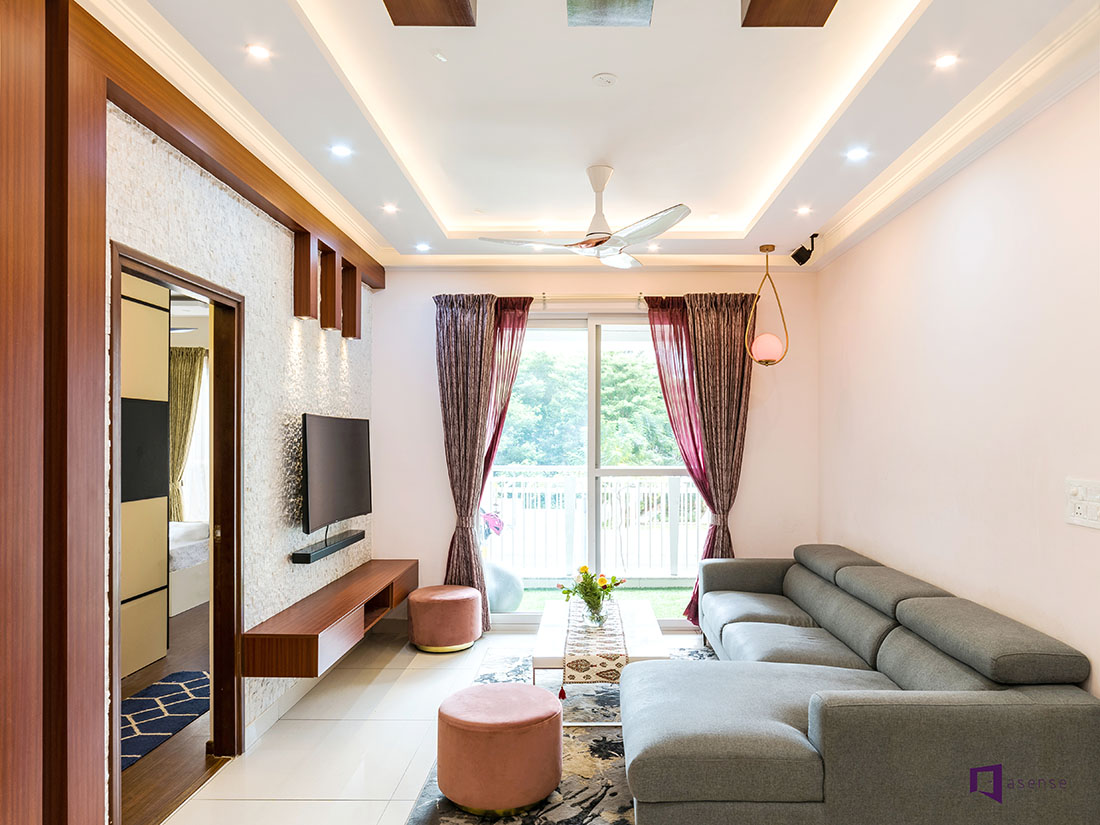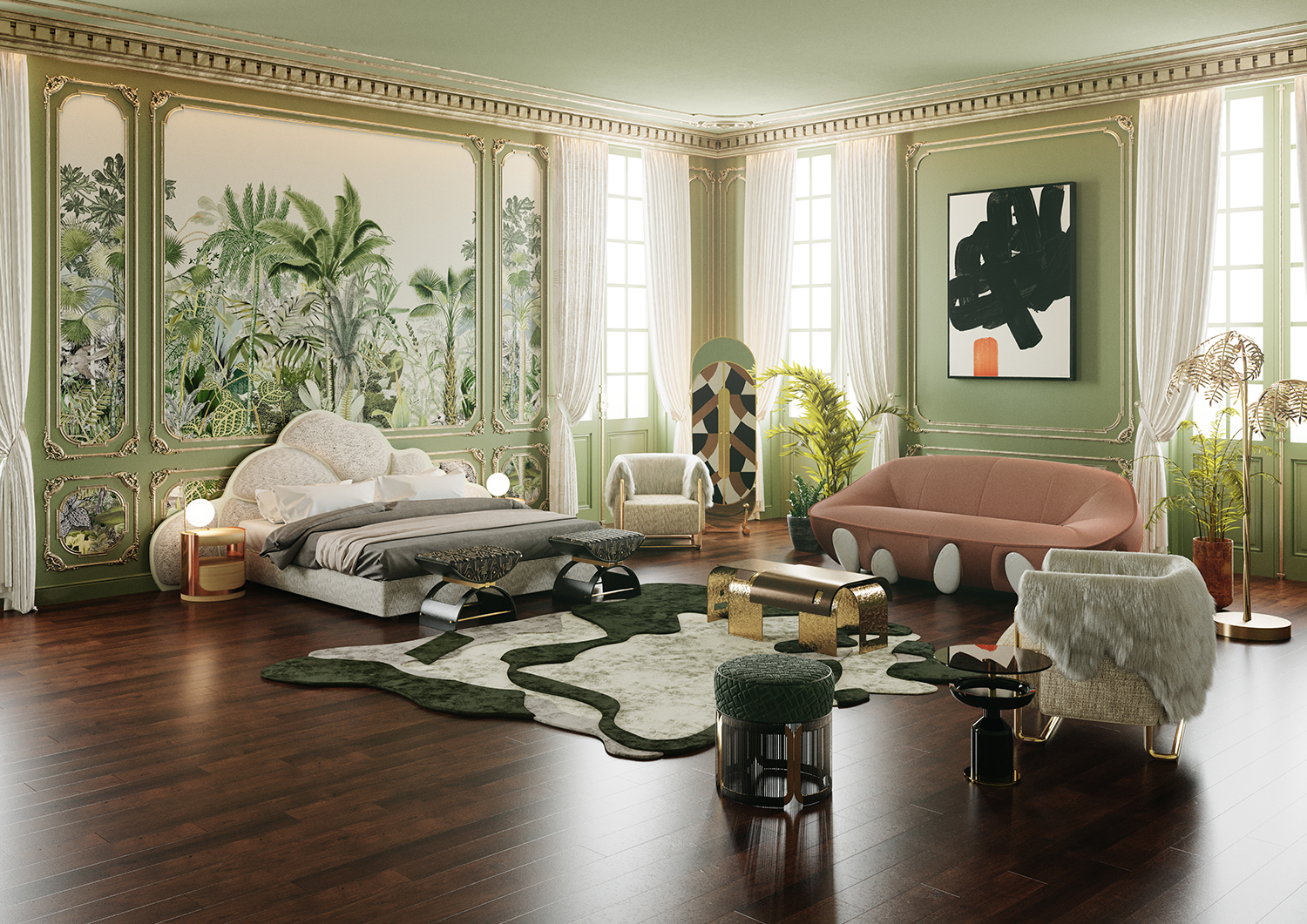Choose an innovative Architecture Firm for cutting-edge and creative designs.
Choose an innovative Architecture Firm for cutting-edge and creative designs.
Blog Article
Transform Your Home With Necessary Concepts of Interior Decoration and Aesthetic Appeals
By comprehending the influence of color theory and the relevance of structure and patterns, one can create spaces that are not just visually attractive however likewise deeply individual. Attaining this balance entails even more than plain design; it includes a calculated setup and an eager understanding of how each element engages within a space.
Comprehending Shade Theory
Comprehending the principles of shade theory allows designers to produce areas that reverberate mentally with occupants while satisfying functional requirements. Each classification plays a vital function in establishing consistency within a space.
The emotional effect of colors is profound; cozy tones such as reds and oranges evoke power and heat, while trendy tones like blues and environment-friendlies promote calmness and serenity. Moreover, making use of complementary shades enhances visual rate of interest, producing striking contrasts that can raise an area's allure.
Neutral shades, on the other hand, work as a versatile background, allowing other style aspects to beam. It is necessary to consider factors such as lighting and the room's function when picking a color combination, as these can alter the assumption of shades throughout the day.
Inevitably, a well-considered color pattern can change an area, fostering a feeling of convenience and style that aligns with the occupants' preferences. Proficiency of shade concept is, as a result, a crucial skill for any kind of indoor developer intending to develop harmonious and welcoming settings.
Attaining Equilibrium in Design
Just how can designers attain a feeling of balance in their areas? Achieving balance in layout is fundamental to creating unified insides.
Asymmetrical balance, on the other hand, depends on varying elements that still accomplish a cohesive look. This method enables more vibrant and informal setups, giving rate of interest while maintaining stability. By carefully selecting varying sizes, colors, and structures, developers can produce a visually engaging area that feels well balanced yet energised.
Radial equilibrium highlights a main focal factor with elements radiating outward. This style is commonly seen in round designs, where furnishings and decoration create a cohesive border that attracts the eye inward.
Inevitably, accomplishing balance requires thoughtful factor to consider of scale, proportion, and the partnerships in between elements. luxury interior design. By skillfully using these balance concepts, developers can change rooms right into environments that feel both visually pleasing and functionally harmonious, enhancing the total experience for residents
Relevance of Spatial Recognition

A keen feeling of spatial understanding permits designers to identify centerpieces within a space, leading the visitor's attention to essential features while maintaining a total feeling of unity. It likewise assists in the tactical positioning of illumination, which can dramatically affect the understanding of space and state of mind. Additionally, understanding spatial partnerships enables the designer to satisfy the certain requirements of citizens, making sure that each location offers its intended purpose without endangering aesthetics.
Eventually, spatial understanding is critical for taking full advantage of the potential of any kind of indoor space. By meticulously considering the interplay between dimensions, format, and feature, developers can produce atmospheres that not only satisfy sensible needs but likewise stimulate a feeling of comfort and beauty, improving the overall living experience.
Integrating Structure and Patterns
Welcoming a diverse variety of appearances and patterns can significantly boost the visual and responsive allure of an indoor area. The strategic use of various materials-- such as wood, metal, material, and rock-- creates depth and passion, making an area feel extra welcoming and dynamic. For instance, incorporating smooth surface areas with rough appearances can develop a balance that draws the eye and engages the senses.
When integrating patterns, take into consideration both scale and rep. Large patterns can work as prime focus, while smaller sized, refined styles can match various other aspects without frustrating the area. Layering patterns, such as pairing floral cushions with candy striped tosses, adds complexity and a feeling of consistency if carried out Going Here attentively.
It is additionally essential to keep a cohesive color combination, guaranteeing that appearances and patterns collaborate as look at here opposed to compete for attention. By picking a few essential appearances and patterns, you can produce a merged visual that shows your individual style while enhancing the overall setting of the space. Eventually, the cautious consolidation of these components can change an ordinary room into an advanced setting abundant with character and heat.
Personalizing Your Area
Creating an area that shows your personality is important to accomplishing a truly inviting atmosphere. Personalization in indoor layout enables you to instill your unique design and interests into your home, changing it from a mere sanctuary right into a sanctuary that talks with that you are. Begin by picking a shade scheme that reverberates with your emotions-- bold tones can stimulate, while soft tones offer serenity.
Include artwork and design that mirror your passions, whether it be traveling, nature, or abstract ideas. Presenting personal collections, such as publications, pictures, or souvenirs, can stimulate treasured memories and create centerpieces within an area. wikipedia reference In addition, consider tailoring useful pieces, like upholstered furniture, to align with your aesthetic preferences.

Final Thought
Finally, the improvement of a home via the necessary principles of interior design and visual appeal requires an extensive understanding of color theory, equilibrium, spatial awareness, texture, and customization. Each aspect adds considerably to creating a harmonious and functional living atmosphere - luxury interior design. By thoughtfully incorporating these concepts, individuals can improve the visual appeal and emotional vibration of their rooms, eventually fostering a home that mirrors distinct identifications while supplying convenience and usefulness
Report this page